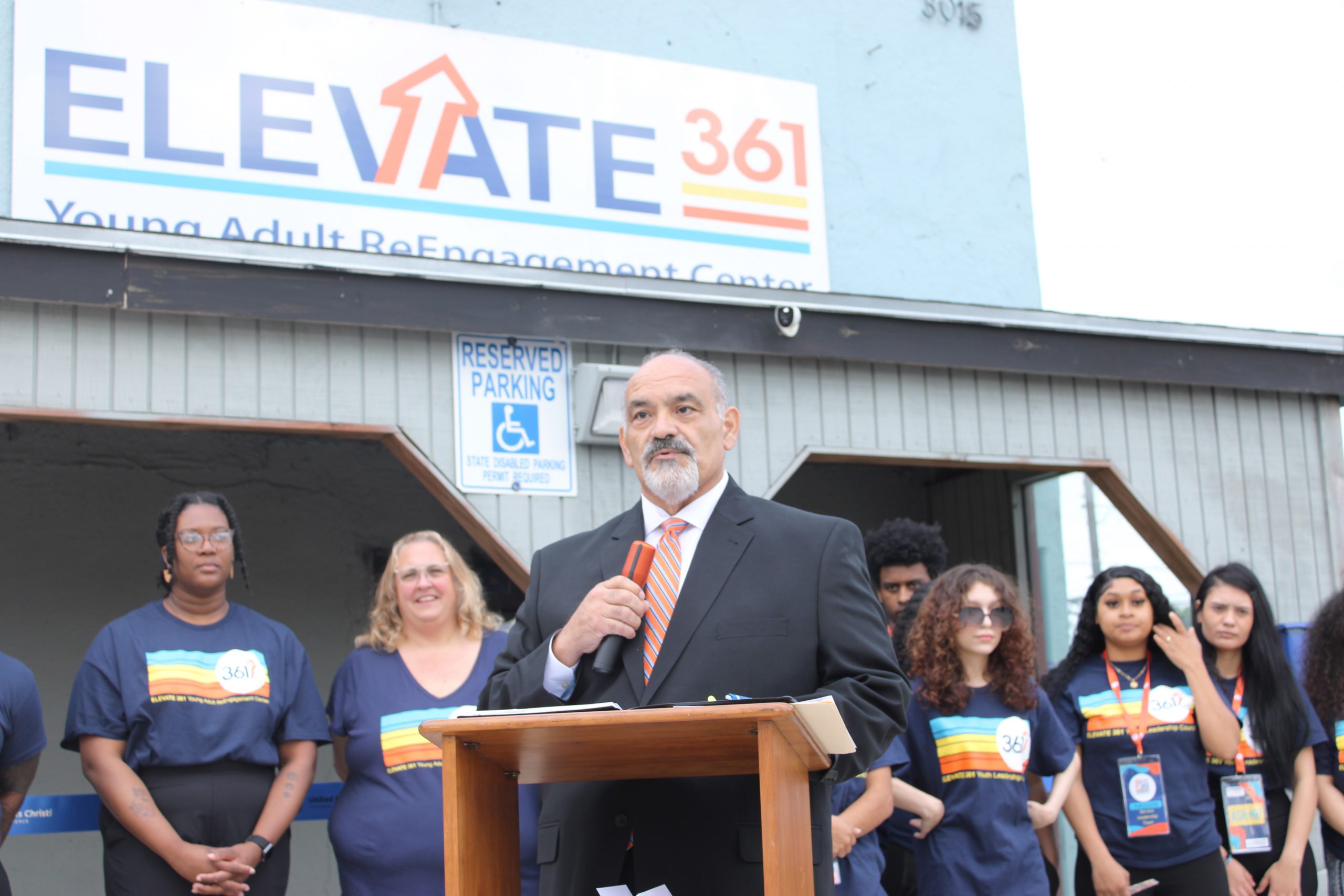 Omar Perez / Chief Illustrator
Omar Perez / Chief Illustrator
The prevalence and danger of cancer is outmatched by the strength of those individuals who challenge it and advocate for the cure.
Cancer is characterized by the abnormally persistent overgrowth and unnatural spreading of cells throughout the body due to the malfunction of certain genetics.
Life is biologically prepared to prevent the overgrowth of cells by the naturally occurring phenomenon of programmed cell death. However, should the immune system become weakened, if a carcinogen or radiation aggravates the growth of cells, or if the patient is genetically predisposed, this programmed function can fail and cancer can occur. Anyone is capable of developing cancer. Defined as either benign or malignant, the malignant disease process in its late stages continues to elude a definitive cure. The disease process becomes such a threat because, should it be diagnosed as malignant, it could spread to other organ systems of the human body and place the patient in a relentless, emergent state. Staging the disease, or gauging the how much the disease has spread, helps health care professionals quantify the type of treatment required to kill the cancer. Because later stages of cancer could prevent safe treatment, PR groups and risk-prevention associations advocate early detection screening and preventative self-care.
According to the Texas Cancer Registry, the most common newly diagnosed types of cancers between 2005 and 2009 were breast, prostate, lung, colorectal, and kidney cancer. Two hundred and four newly diagnosed breast cancer cases made up the largest average annual number of incidence in Nueces County. One hundred and thirty four deaths due to lung cancer led the annual average mortality rate. For every 100,000 cases, approximately five hundred and eighty-nine non-Hispanic white males and four hundred and one non-Hispanic White females were diagnosed with a form of cancer. Approximately two hundred and seventy-five African American males and one hundred and sixty-four African American females led the mortality rate within those same years. During 2000-2009, leukemia was the second-most common type of cancer in children 0-19 years of age, with fifty-two cases in Nueces County. There will be an estimated 1,288 new cancer cases and 458 cancer-related deaths in Nueces County by the end of 2012.
The role of the doctor in the care of cancer and the advocacy of the patient is three-fold: to diagnose, to treat within the patient’s limit, and to report statistics of their findings to a registry. The information must meet the standards of the National Program of Central Cancer Registries (NPCR), Centers for Disease Control and Prevention (CDC), and the North American Association of Central Cancer Registries, in order for the statistics to be reliable. Texas doctors submit statistics of diagnosed cases of cancer to The Texas Cancer Registry (TCR), The Texas Department of State Health Services, the CDC, and the Cancer Prevention and Research Institute of Texas. Information gathered by these organizations provides a means of measurement of the cancer burden and the progress of prevention and control.
Because the incidence of possessing a cancer increases with age, screening for cancer is the foremost preventative technique available. Because a poor diet, smoking, alcohol consumption, and a physically latent lifestyle can increase one’s risk for developing the disease, living a lifestyle that antagonizes these factors is beneficial and preventative. According to Cancer Facts & Figures 2012, “Steady declines in breast cancer mortality among women since 1990 have been attributed to a combination of early detection and improvements in treatment.” Treatment for cancer in general includes excisional procedures, chemotherapy, radiation therapy, hormone therapy, biological therapy, and targeted therapy. Palliative care is available for the end-stages of the disease process if treatment is not viable.
Karen Candelas, Community Director of Health Initiatives of the American Cancer Society, states, “There are many ways people can get involved in the fight against cancer. From educating about prevention, detection, leading a smoking cessation program, volunteering, and raising funds and awareness through Relay For Life and Making Strides Against Breast Cancer.” The American Cancer Society will be present at Del Mar College to promote their “Cancer Prevention Study 3” in February.




